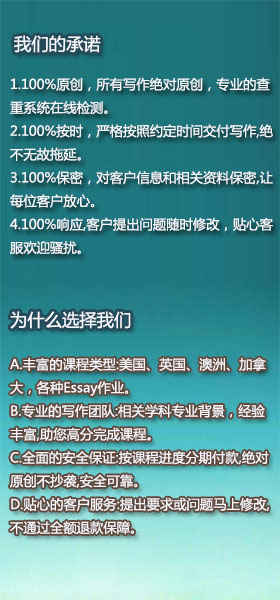说到调研陈述,就不能不先说查询陈述,有许多人把这两种文体混为一谈,在写作中不加以区分,其实是过错的。所以,想要写好一篇调研陈述,首要我们要知道什么才是调研陈述以及它与查询陈述的差异。
调研陈述是对某一情况、某一事件、某一经历或问题,经过在实践中对其客观实际情况的查询了解,将查询了解到的悉数情况和材料进行“去粗取精、去伪存真、由此及彼、由外至内”的剖析研讨,提醒出实质,寻找出规则,总结出经历,最终以书面形式陈述出来,这便是调研陈述。调研陈述的中心是脚踏实地地反映和剖析客观事实。调研陈述首要包括两个部分:一是查询,二是研讨。查询,应该深化实际,准确地反映客观事实,不凭片面幻想,按事物的本来面目了解事物,详细地占有材料。研讨,即在掌握客观事实的基础上,仔细剖析,透彻地提醒事物的实质。
一、调研陈述与查询陈述的差异
(1)写作角度
查询陈述:查询过程(目标、时刻、办法、内容)+查询定论
调研陈述:查询材料
(2)内容构成
查询陈述:查询过程(目标、时刻、办法、内容)+查询定论
调研陈述:查询材料+剖析研讨定论
(3)采用办法
查询陈述:一般定性叙说+描述统计
调研陈述:定性与定量剖析+逻辑剖析与比较剖析
二、调研陈述的特色
1.调研陈述——意图明确
调研陈述不同于查询陈述,是因为发生了某件事(如案件、事故、灾情)才去作查询,然后写出陈述。调研陈述的写作者有必要自觉以研讨为意图,依据社会或工作的需求,制定出切实可行的调研计划,即将被迫的习惯变为有计划的、积极主动的写作实践,从明确的追求动身,经常深化到社会第一线,不断了解新情况、新问题,有意识地探索和研讨,写出有价值的调研陈述。
2.调研陈述——注重事实
Australia will be the first country entered with the standard credit card. Credit cards are already popular, but there is still some market share to be had in the lower income families. It is also a stable country and a low risk option for learning how to enter the lower income credit card market. Taiwan also is politically stable, so it will be the second country entered with the standard credit card. Due to the banking regulations in Taiwan, the banking industry was still in early stages of development, so it is a good country to enter early. As with India, revolving credit was not acceptable to the Taiwanese culture, therefore, a higher annual fee would be charged.(Jost and Sandhu, 2000)
Indonesia has a high possibility for growth in their middle class because of low credit card penetration. Therefore, it will be the next country to enter with the credit card business. Although it has higher prospects of return than Australia, it is risky due to the political corruption within the country. Therefore, it will be entered after Australia and Taiwan. Introducing the standard card in the Philippines is very risky due to political corruption and potential threats of Communist insurgency. It has high economic growth and low credit card penetration, so the profit is potentially quite high and Citibank could be richly rewarded for taking on the political risk. Hong Kong will be the last country to be entered with the standard card. Because Citibank already has a presence in Hong Kong they could slowly grow this business without targeting specific strategies. Once the other markets are up and running, they could switch focus to Hong Kong. (Jost and Sandhu, 2000)
Citibank's Branding Strategy:花旗银行品牌战略:
Citibank offers excellent customer service, and fosters growth and innovation among the credit card products and services provided.
Marketing/Customer Acquisition Strategy:
The credit card launch in Hong Kong has given insight into many different marketing strategies. To expand its customer base, Citibank should analyze the customer and country demographics, and customize a multifaceted marketing strategy for each country within the Asia Pacific. The first marketing strategy to implement in all countries is the use of direct mail. Although direct mail is considered to be an expensive alternative, it offers the ability to target particular customer segments and reach a wide range of prospects.
The second marketing strategy recommended for use in all countries is take-ones which are applications distributed at in-store countertop displays. It is recommended to collect market intelligence to determine what stores the customers in the high end countries and low end low end countries shop at and distribute the take-ones accordingly.
The third marketing strategy should be to hire sales representatives to call potential customers. Like take-ones, it is an expensive option, but it is proven to be very successful. Citibank should use this strategy in all countries except Indonesia and the Philippines; in Indonesia, less than 1% of the population have telephones and in the Philippines, only 1% of the population have telephones . For these two countries there are better marketing strategies that offer a broader reach.





